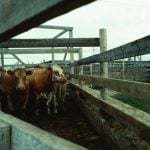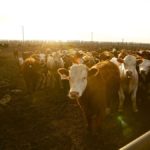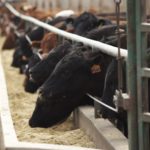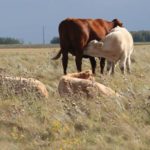Western Canadian feeder cattle markets traded steady to $5 higher compared to week-ago levels. Buyers were quite meticulous on flesh levels and quality features in the heavier weight categories; however, feedlot operators were definitely more aggressive this week. Major operations have liquidated a fair amount of fed cattle and these players are anxious to reload […] Read more













